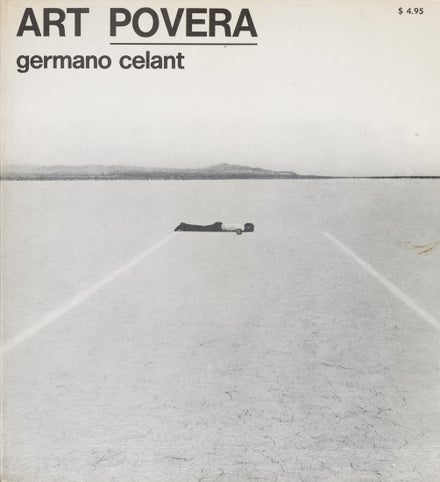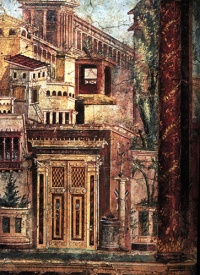Giovanni Anselmo was een Italiaans kunstenaar die werkte binnen de arte povera scene. Ik geloof dat er een moment is geweest in de Italiaanse kunst dat alle kunstenaars binnen dat ‘arme kunst’ paradigma werkten. Ik heb er – enkele voorbeelden niet te na gesproken – werkelijk een hekel aan, geef mij maar de oppervlakkigheid van pop art.
Het werk waarvoor Anselmo zijn voorlopige plaats – de eeuwigheid zal hij vrees ik niet halen – in de geschiedenisboeken krijgt is ‘Senza titolo (Struttura che mangia)’, ‘Zonder titel (Structuur die eet)’. Het werk bestaat uit een granieten paaltje waar de kunstenaar een krop sla tegenhoudt met een andere granieten blok. Met een ijzerdraad bindt hij het geheel vast. Naarmate de krop sla verwelkt, wordt de biomassa kleiner en zal de granieten blok naar beneden vallen. Waarop de museumdirectie een nieuwe krop sla moet gaan halen bij de sla-boer. Want, tja, de structuur heeft de sla opgegeten.
Desalniettemin, rust zacht Giovanni



